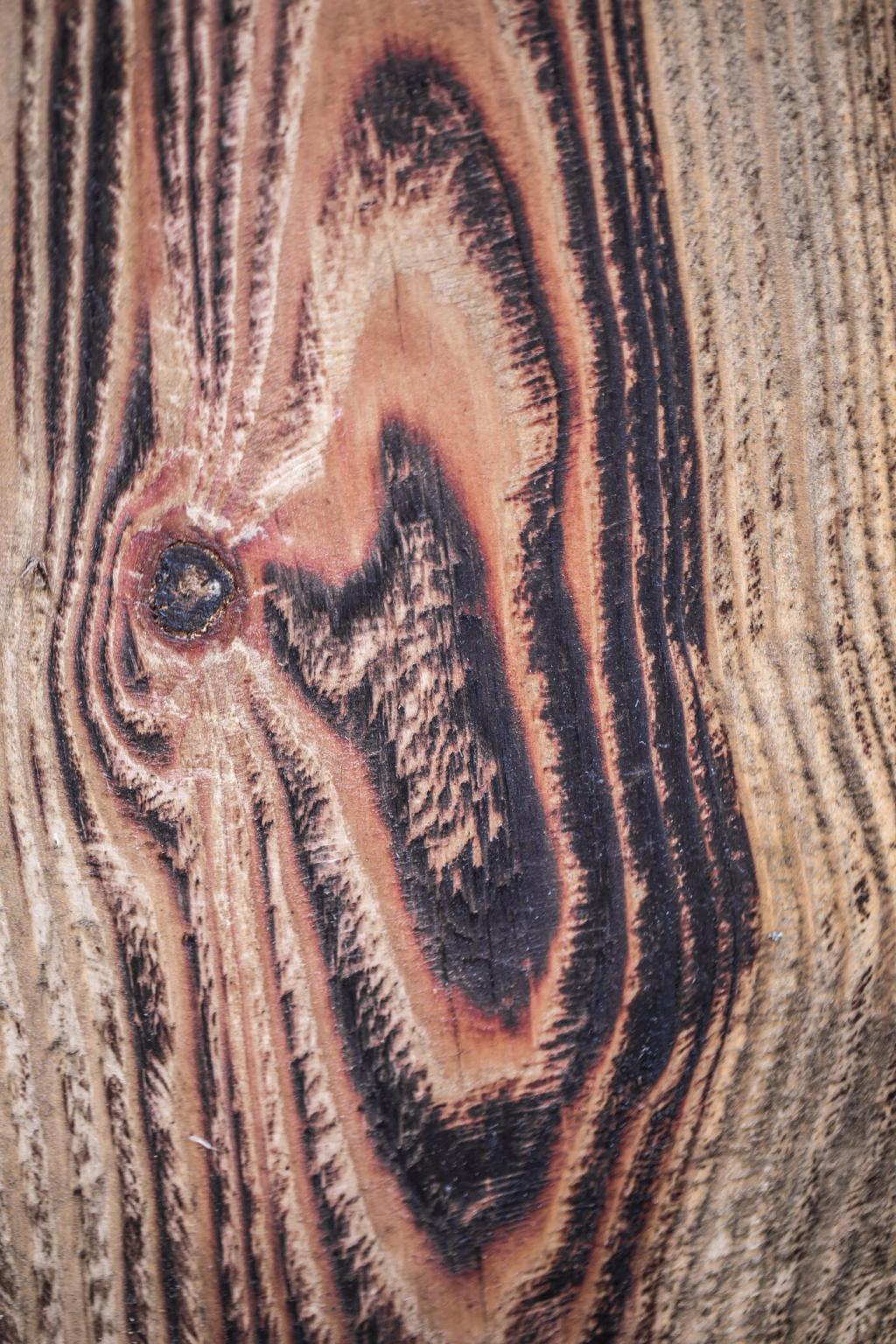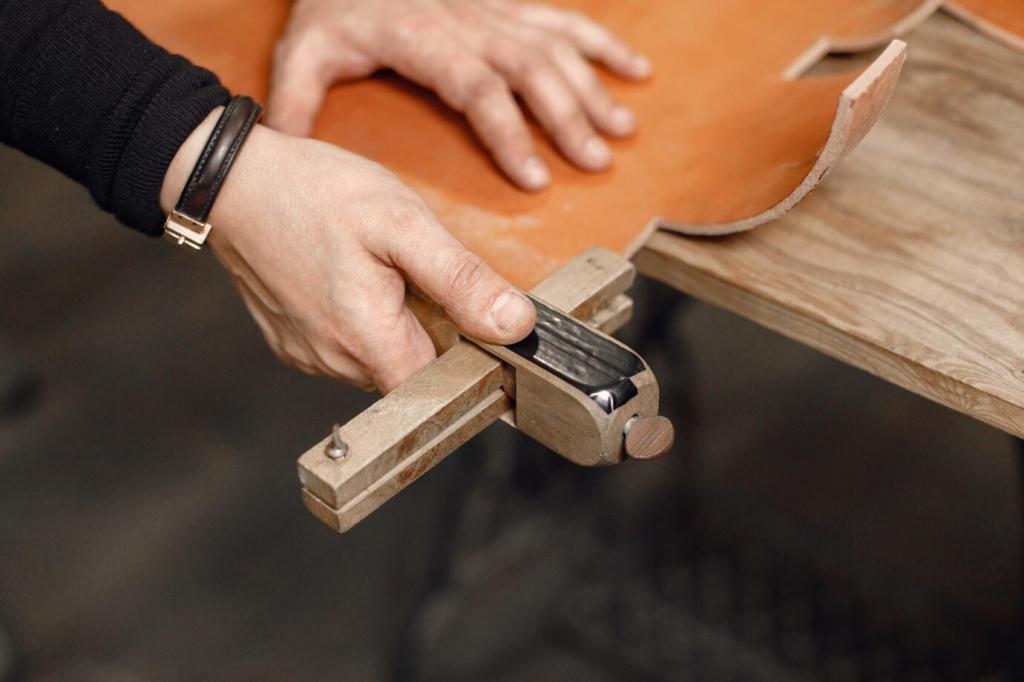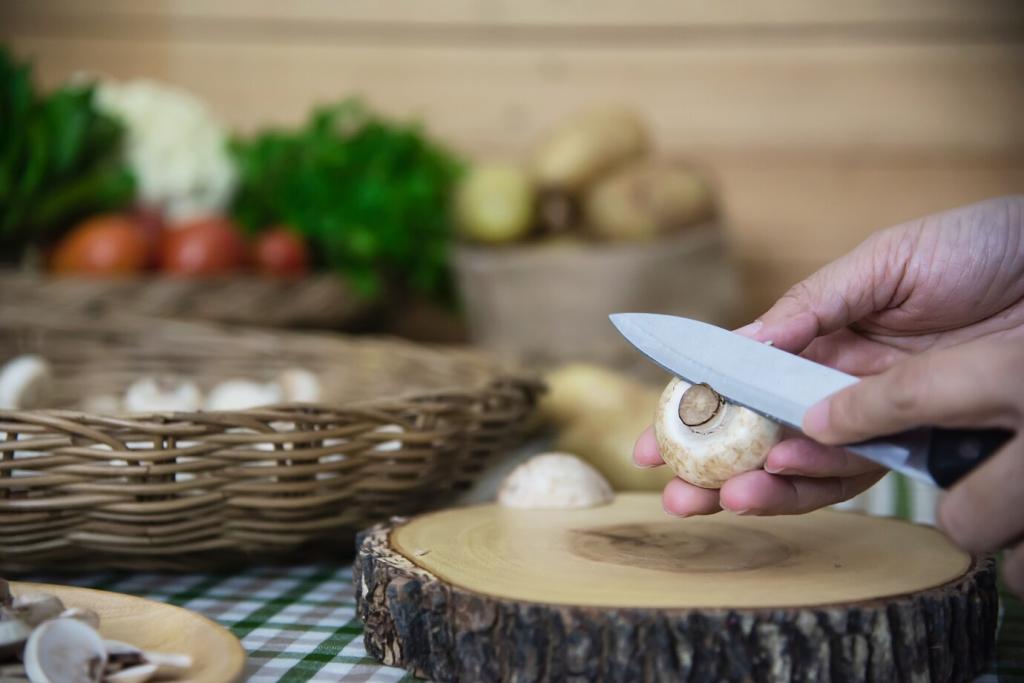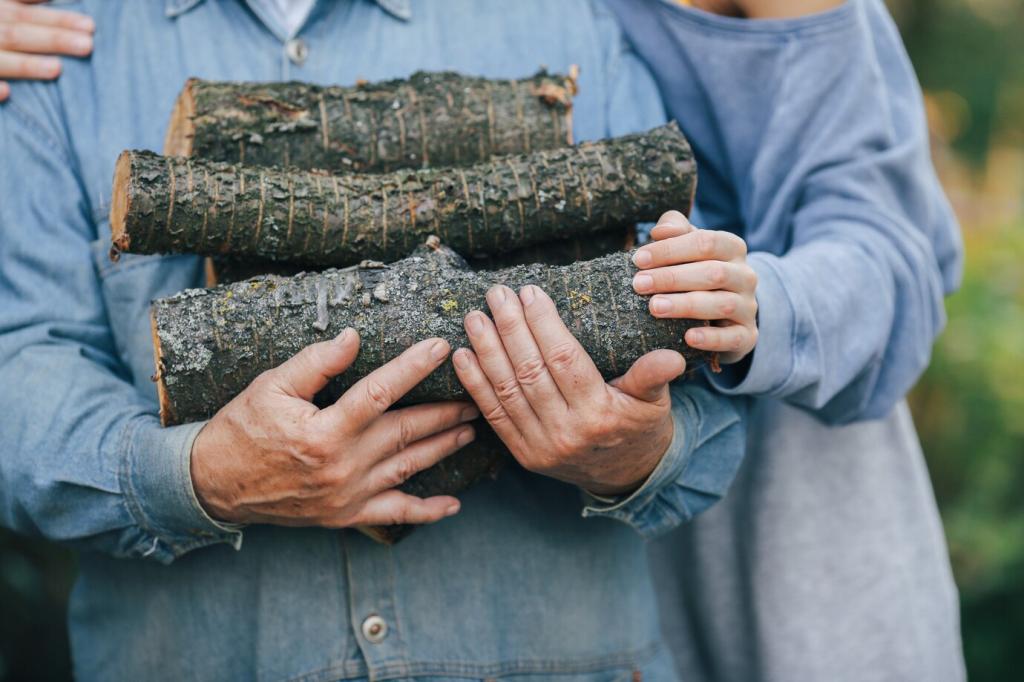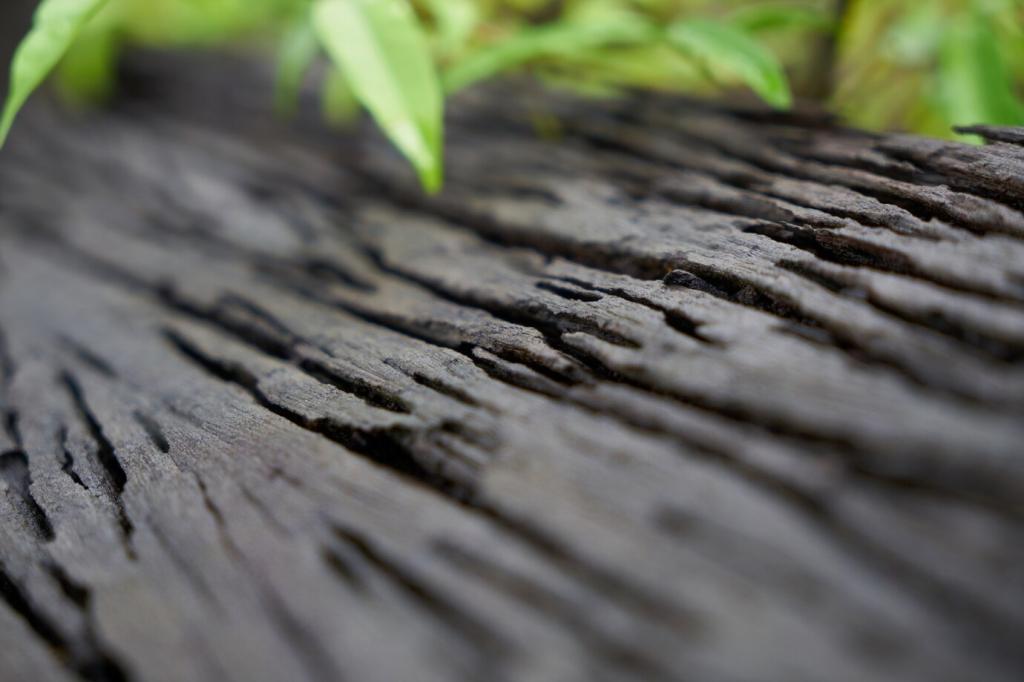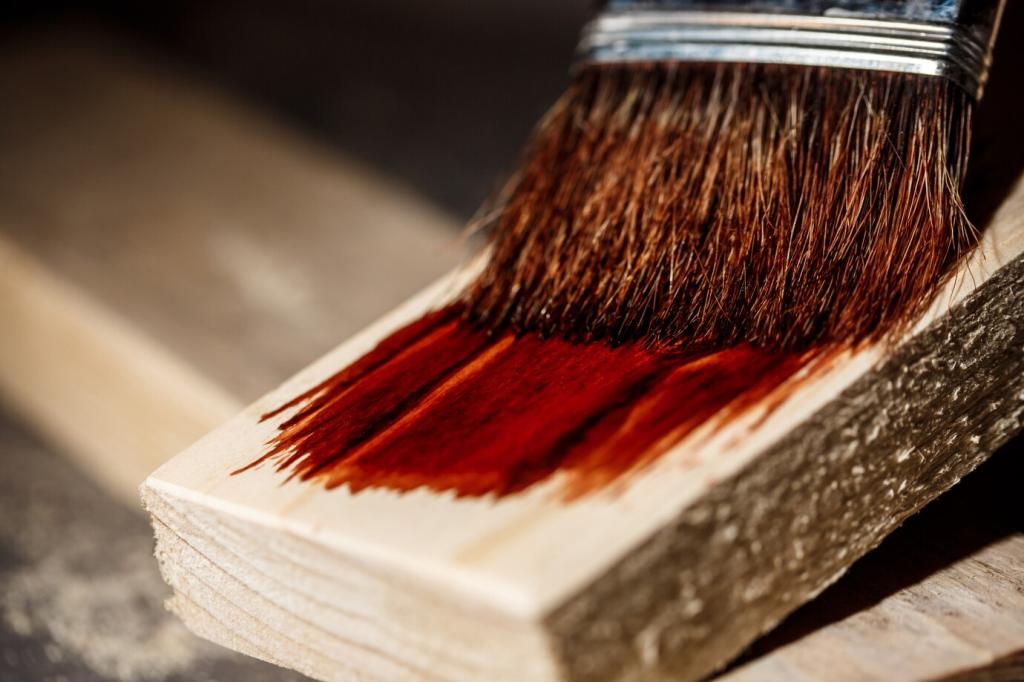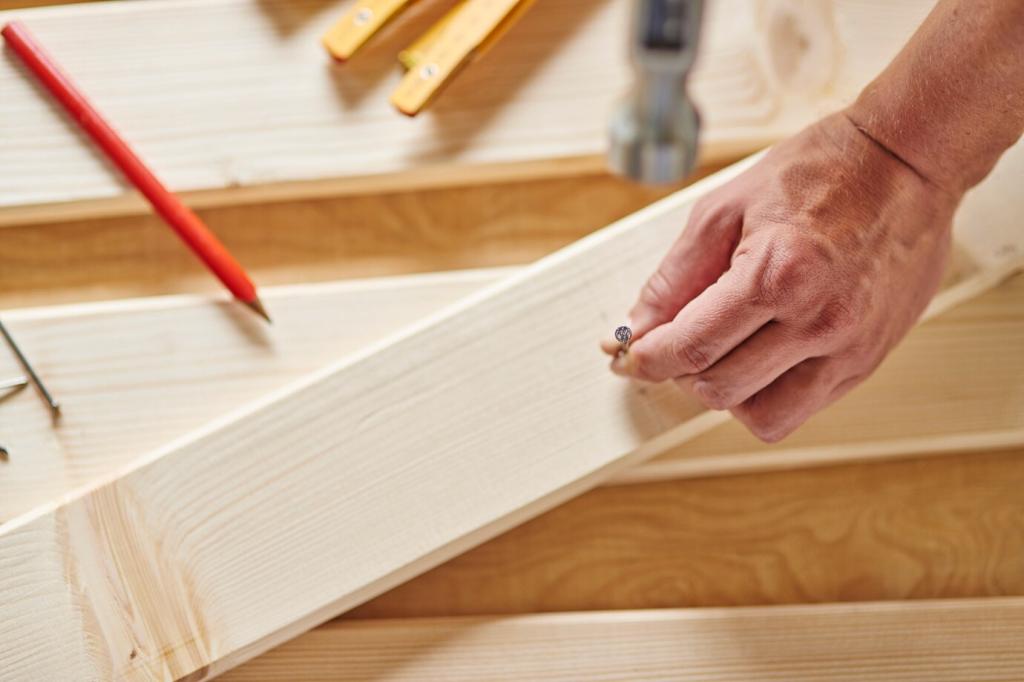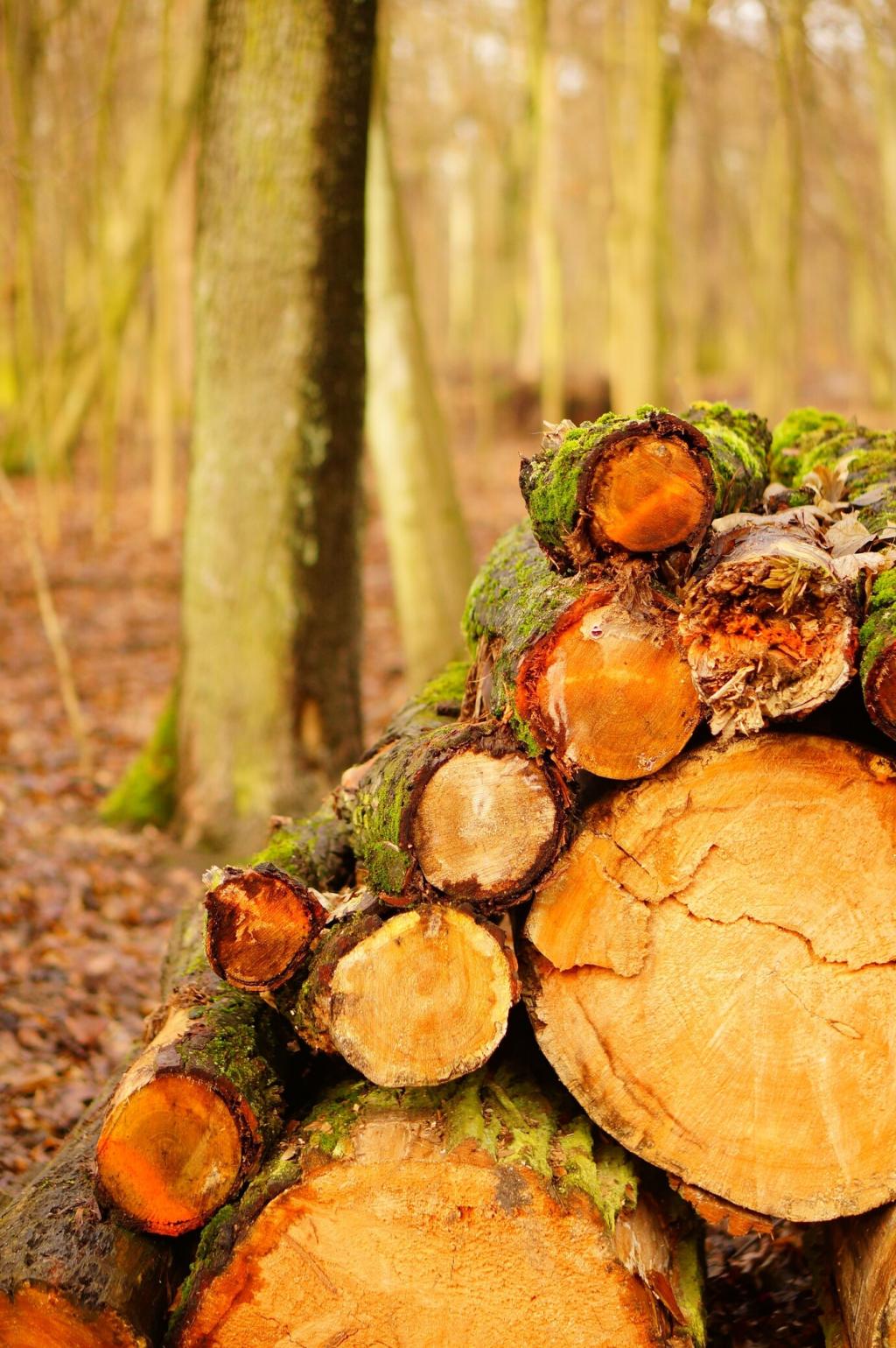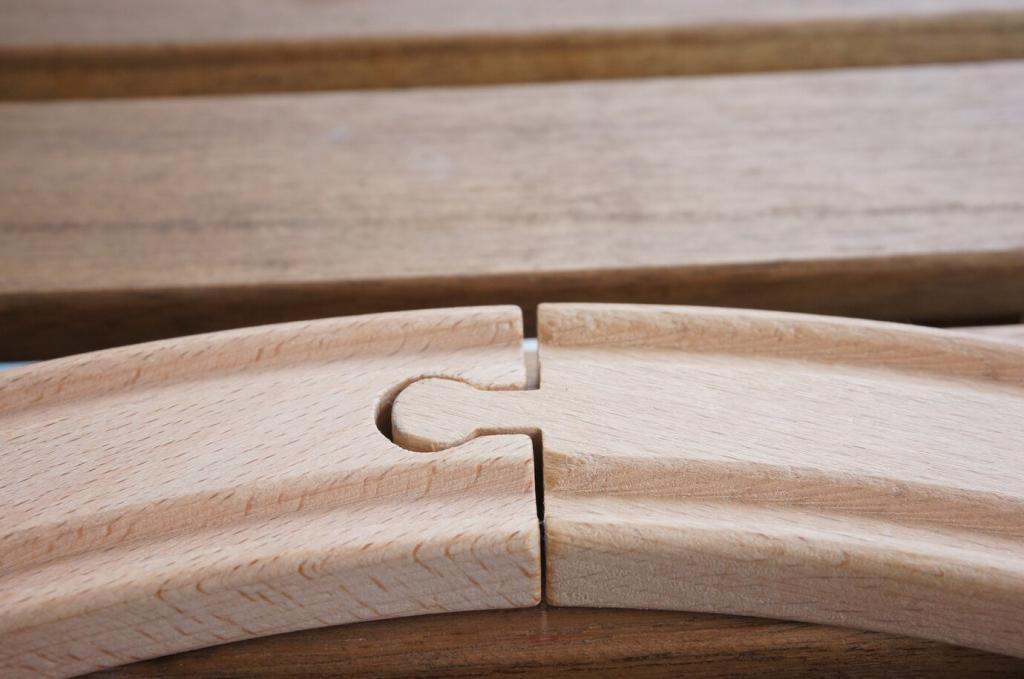Finishes That Feed the Wood
Wipe on a very thin coat of 100% pure tung oil, let it soak, then buff away excess. Repeat in several light passes over days for a supple, water-resistant surface. No dryers, no fumes—just time and care. Comment if you’d like our day-by-day curing timeline.
Finishes That Feed the Wood
Dewaxed shellac dissolved in food-grade ethanol dries fast, builds gloss, and remains safe once cured. It’s ideal for heirlooms and nursery furniture. Brush or pad on in thin coats, then rub out to a soft sheen. Want our favorite cut ratios? Subscribe for the full formula sheet.

